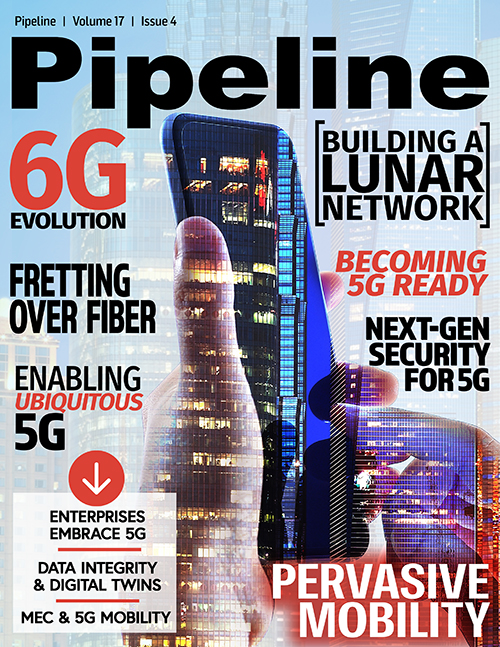Ensuring Data Integrity in Integration
The first is a unified data model. This provides end-to-end visibility across the entire telecommunication network, data centers, and IT infrastructure. Properly documenting and managing all assets used in the production of services via a single, dynamically updating repository that integrates with key systems can also improve operational efficiency and reduce downtime. For example, end-to-end troubleshooting over all layers in the network from the cable to the end customer service can help find root causes such as faulty cables faster to ensure a speedy service recovery and reduce mean time to repair (MTTR). Upgrades and replacements of equipment that has reached end-of-life status can also be better coordinated and tracked.
Another key consideration is the transformation of external data into the unified data model. This is where the open architecture and adapters come into play. Finally, after the data is integrated into the new unified model, reunification and reconciliation of the data must take place. This involves finding matches between different databases to achieve as reunification of data as well as reconciliation, which is the alignment of data from different sources. The result is a database that serves as a single source of truth, free of data discrepancies and faulty documentation.
Addressing these three points simplifies the complexity of the undertaking. It can accommodate changing technologies, new vendors and software systems, changing devices, interfaces and workflows. Considering these many (and unpredictable) variables, an efficient integration strategy is extremely important.
Putting it all together
Data integration is a function of reconciliation, data collection, and a framework to tie the pieces together. The right integration framework matters, but what does it look like? For starters, it requires an open architecture so adaptations can be done by the vendor, operator or any integrator.
Openness applies to not only the handling of the interfaces but also the modelling of the resources themselves. The data model should be unified, adaptable and extendable to cover the hybrid network resources, as well as the layers from cable to the customer service of the network. It must be adaptable to cover upgrades of hardware and software in the network through configuration but also extendable to support the new requirements and new technologies within the network.
Design elements are equally consequential in terms of openness, configurability and expendability. It’s the design of an inventory management system that allows for interfaces to work alone or together with integration partners, to upload and align data from various sources, and to manipulate data in the system manually, as a regularly scheduled job or an event-driven process. Out-of-the-box interface adapters are more cost-effective and timely than developing new ones for specific projects. This approach also dramatically reduces the risk that projects will fail.
In terms of configurability, generic features that allow extensions by configurations are an important element. For example, it is beneficial to have the option to download new inventory data models from the Internet and import them during runtime or to add new equipment through the interface to mapping tables solely by configuration without programming. Allowing these system changes during runtime not only saves the effort for programming by the system vendor, it also saves time and money needed for new software release cycles, change requests, and the related management overhead. Integrating adaptive interface packages can also dramatically reduce costs and allow for a fast ROI.
The integration framework matters
To successfully implement multiparty hybrid services for existing networks and upcoming technologies such as 5G, IoT, VNF, and AI, the right integration strategy is necessary. Such a strategy includes an open architecture for inventory management that facilitates reconciling data from the multiple vendors, technologies and services that make up today’s complex hybrid environments. Confidence in the integrity of the data that powers your business empowers CSPs to make the bold decisions to navigate an uncertain future.



















